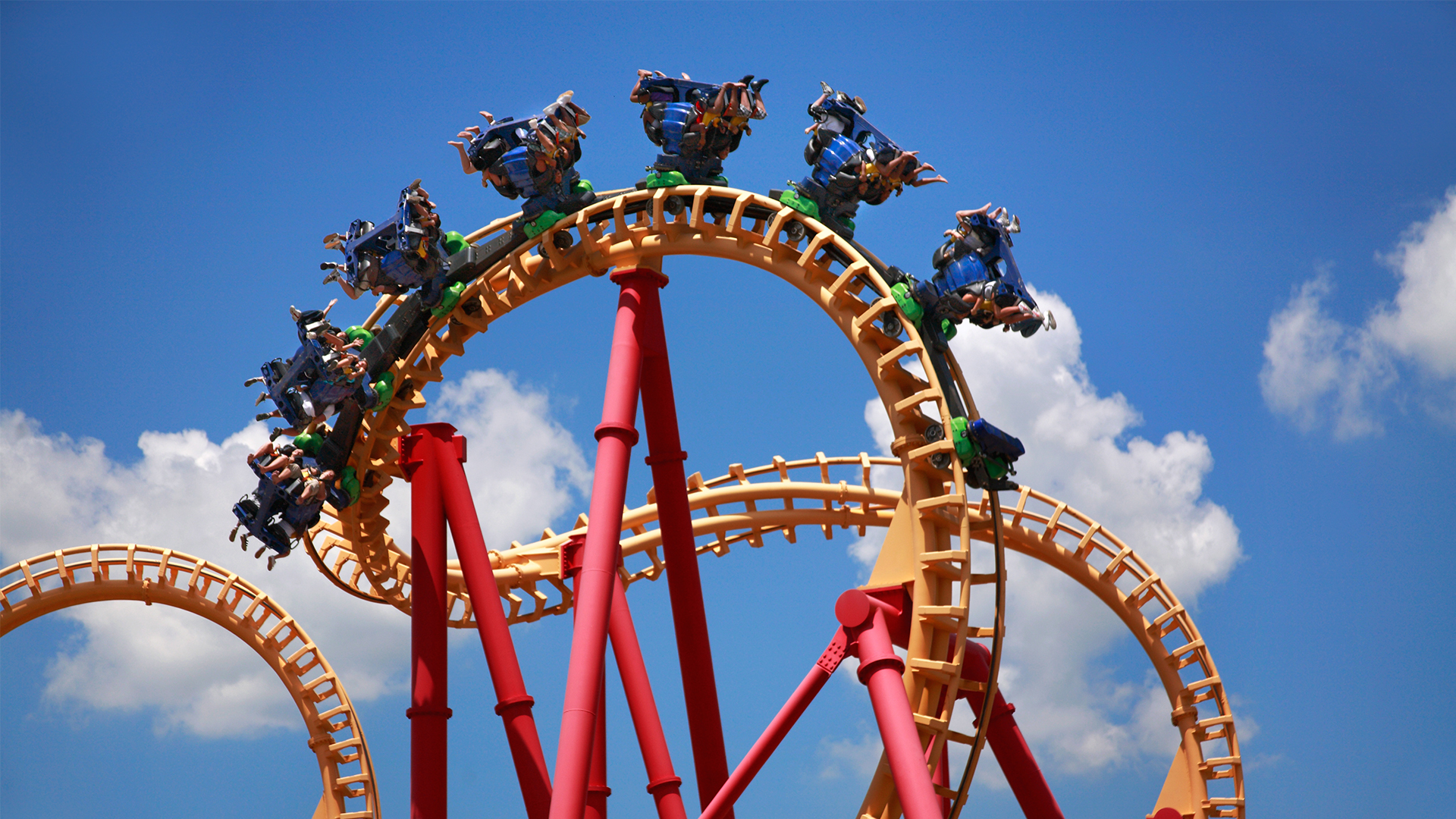Nowadays, there are more and more people engaged in the business of amusement equipment. Before the new amusement equipment starts operating in the morning, it is necessary to inspect the safety measures, installation stability, and other safety performance of the new amusement equipment to ensure safety. So what inspections should be done before the operation of amusement equipment?
1. Appearance inspection. The appearance of a product generally refers to its shape, color tone, luster, etc. It is a quality characteristic perceived by human vision and touch. Therefore, the evaluation of appearance quality has a certain degree of subjectivity. For products with quality grading, the standard lists the requirements for appearance quality, which can be followed during appearance inspection.
2. Accuracy inspection. Different products have different precision requirements, so the content of precision inspection is also different. Accuracy inspection can be carried out according to the inspection items and methods required in the product standard, generally including geometric accuracy inspection and working accuracy inspection. Geometric accuracy refers to the accuracy of those components that ultimately affect the working accuracy of the product, including size, shape, position, and mutual motion accuracy. The working accuracy is determined by working on specified test pieces or workpieces, and then inspecting them to determine whether they meet the specified requirements.

3. Performance inspection. Performance quality is usually tested in the following aspects:
① Functional inspection. Including normal function and special function inspection. Normal function refers to the basic functions that a product should have; Special functions refer to functions that are beyond normal performance.
② Component inspection. Specific inspection of physical properties, chemical composition, and geometric accuracy (including dimensional tolerances, geometric tolerances, and surface roughness).
③ Institutional inspection. Check whether it is easy to load, unload, and maintain, and whether it has the ability to withstand environmental conditions (referring to adaptability to special conditions such as temperature, humidity, and corrosion or adaptability to harsh conditions).
④ Safety inspection. The safety of a product refers to the degree to which it ensures safety during use. The inspection of safety generally includes the possibility of whether the product will cause injury accidents to users, affect human health, cause public hazards, and pollute the surrounding environment. The product must comply with safety operating procedures and relevant safety standards, and be equipped with necessary and reliable safety protection measures to avoid personal accidents and economic losses.
⑤ Environmental inspection. The environmental pollution caused by product noise and harmful substances emitted should comply with relevant regulations and be inspected accordingly.
Post time: Jul-19-2023

